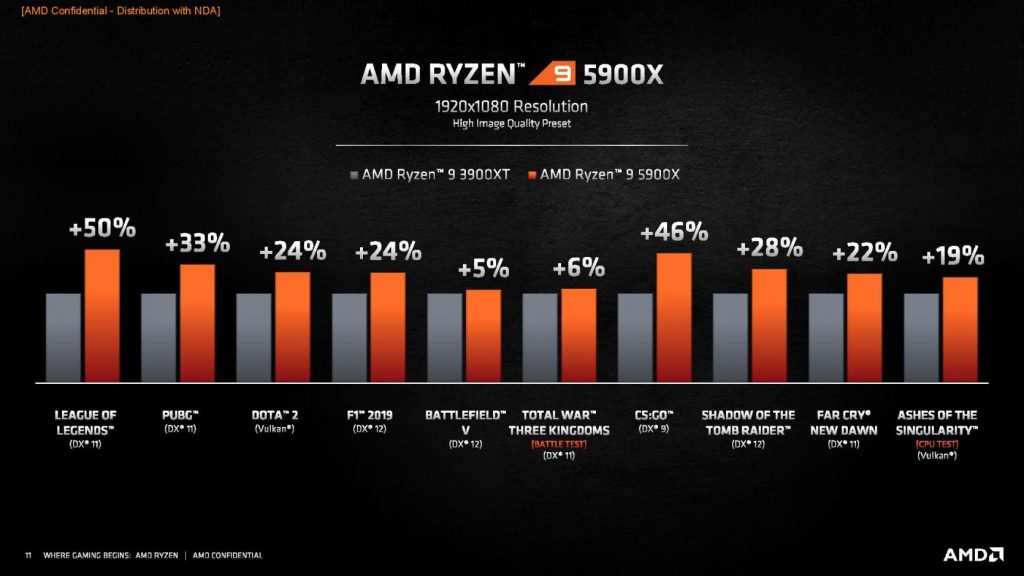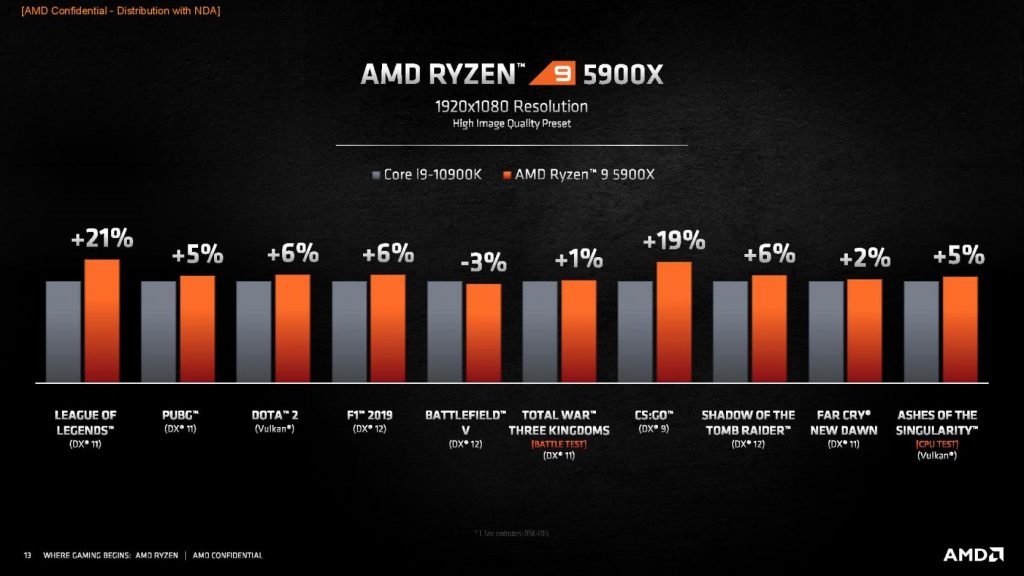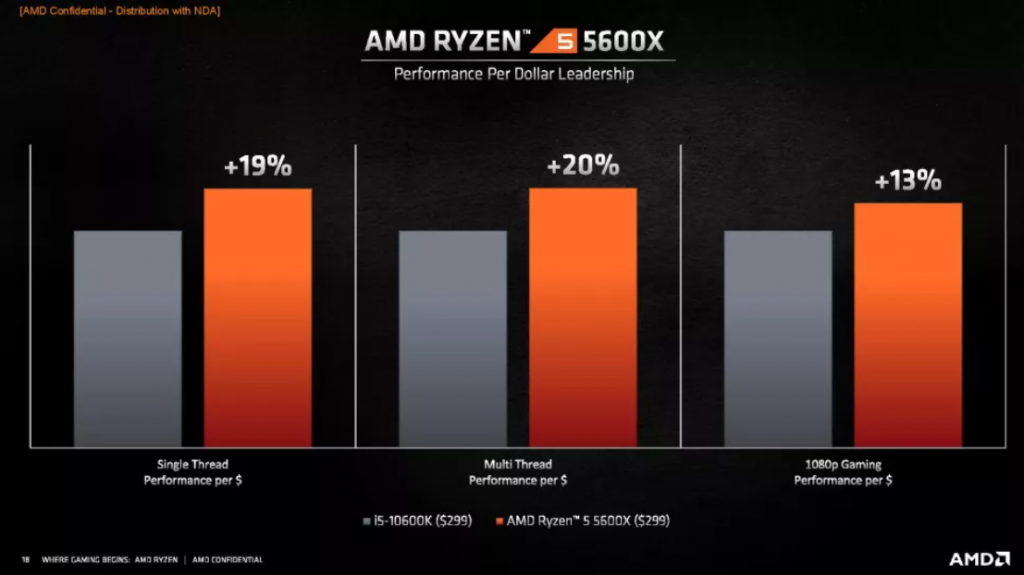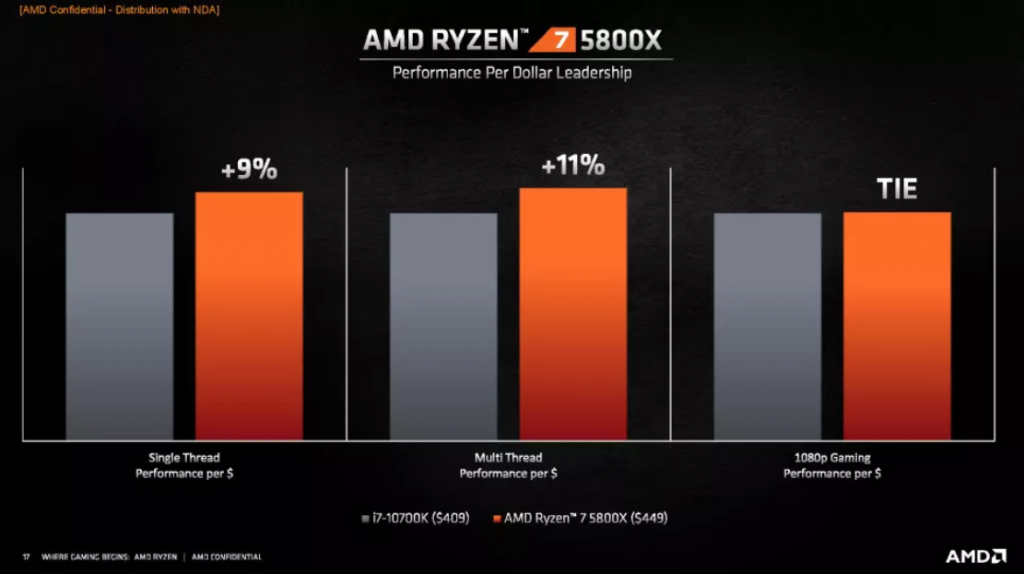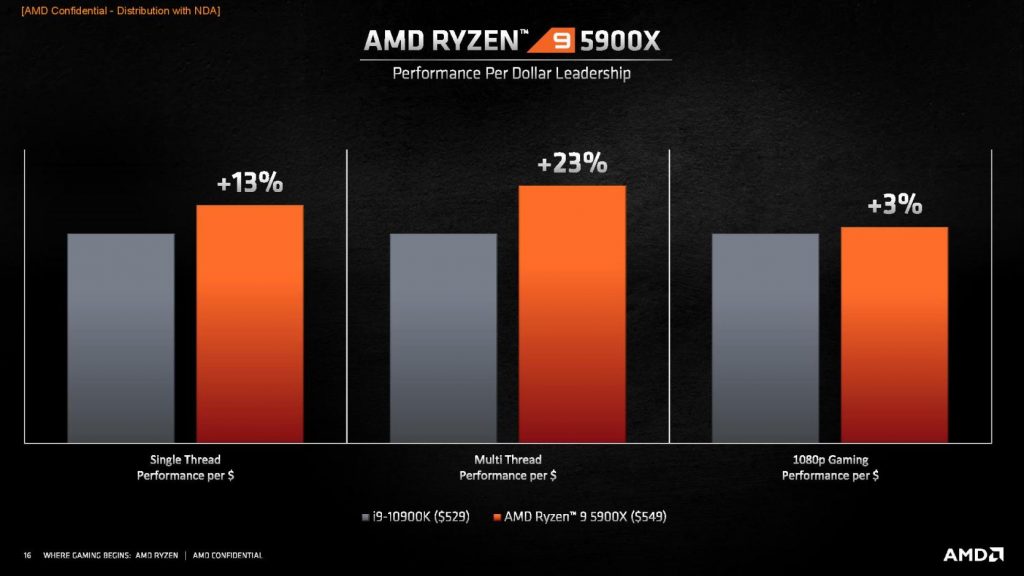At the Zen architecture reveal in 2017, AMD CEO Dr. Lisa Su promised an architecture that would provide market-disrupting processors. As the years ticked on, and we moved from Zen to Zen+ to Zen 2, they kept their promise. AMD processors saw exponential increases in market share, with a recent Steam hardware survey showing almost 25% of it’s user base using AMD processors. Sales have also been great, with models like the Ryzen 5 3600 leaving the Intel parts far behind in number of processors sold.
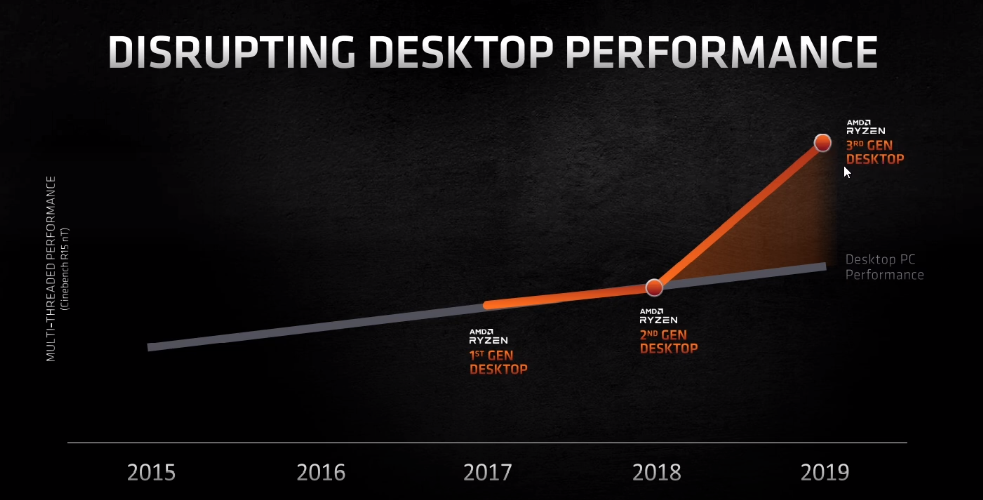
But amidst all of this success, there was one point that Intel fanatics would immediately point out — Intel processors were still better at gaming. At anywhere from 5-25% better depending on the game, it was a clear choice for gamers who wanted the best FPS numbers. With Ryzen 5000 processors, the tables have turned, and AMD is confidently marketing them as “The Fastest Gaming CPUs in the World”.
The Zen 3 Architecture
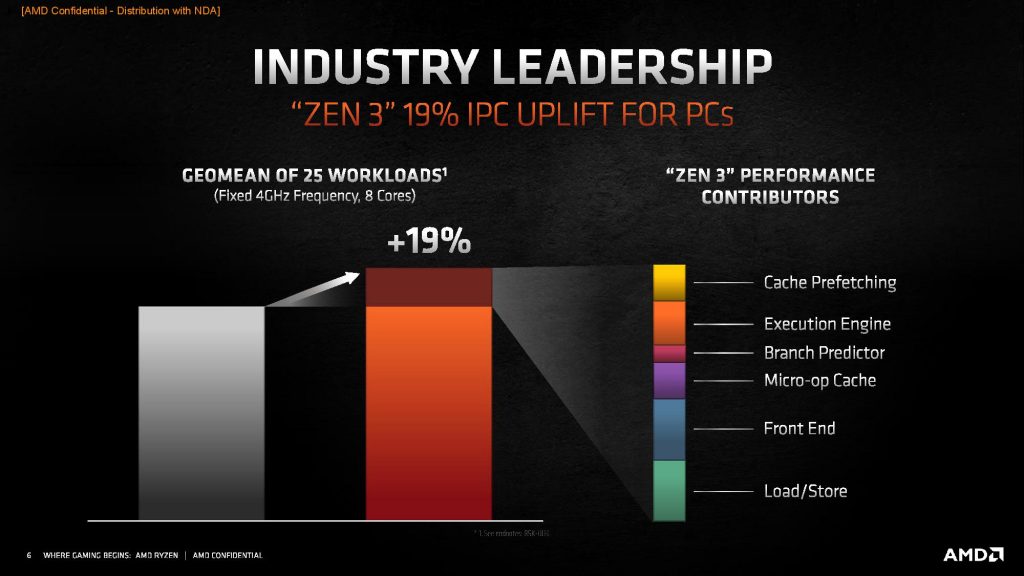
First, let’s look at what has changed on the inside. Zen 3 is built on the same TSMC 7nm node as Zen 2, and is supposed to be completely reworked from the ground-up — which brings forward a 19% gain in IPC (Instructions Per Clock). This means that a Zen 3 processor can get the same performance as a competing Zen 2 / Comet Lake based processor at lower frequencies, so there’s no need to break the 5Ghz barrier for extreme performance.
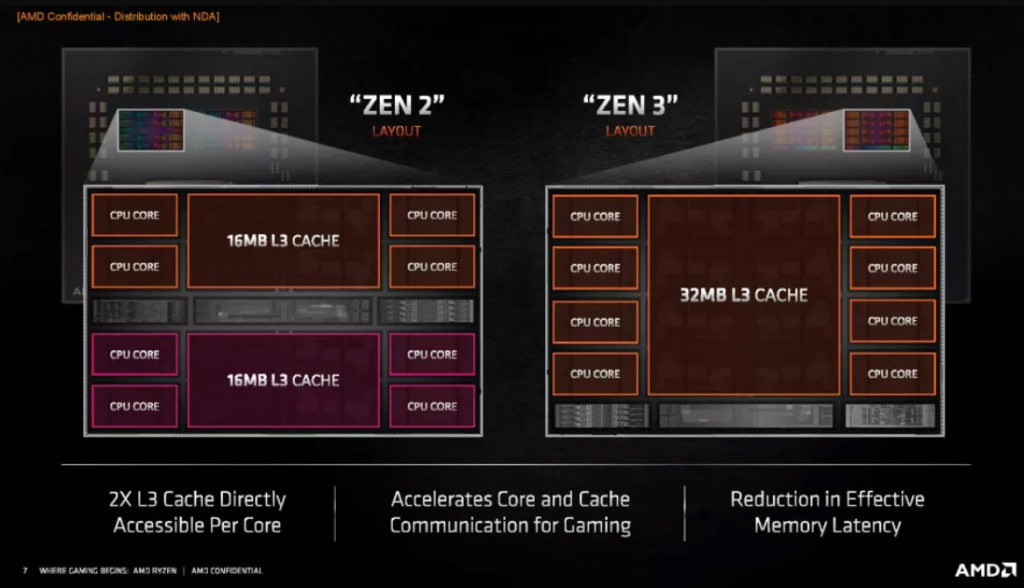
The CCXs (Core Complexes) have also been reworked. In Zen 2, there were 4 cores per CCX, and each core only had access to 16MB of L3 cache. Access to larger cache is important for workloads like gaming, which is why Zen 3 has a unified 8-core CCX — where each core has access to 32MB of L3 cache. This alone attributes to a great jump in single-threaded and gaming. Seeing this level of advancement on the same process node as last-gen is something commendable, considering how little Intel has improved in IPC after 6 generations on the same 14nm process node.
The Processors
AMD has currently revealed four SKUs based on Zen 3, offering 6, 8, 12, and 16 core processors.
| Processor | Cores / Threads | Base / Boost Clock (Ghz) | TDP (Watts) | L3 Cache (MB) | Pricing (USD) |
| Ryzen 9 5950X | 16 / 32 | 3.4 / 4.9 | 105W | 64 (2×32) | $799 |
| Ryzen 9 5900X | 12 / 24 | 3.7 / 4.8 | 105W | 64 (2×32) | $549 |
| Ryzen 7 5800X | 8 / 16 | 3.8 / 4.7 | 105W | 32 (2×16) | $449 |
| Ryzen 5 5600X | 6 / 12 | 3.7 / 4.6 | 65W | 32 (2×16) | $299 |
Right off the bat, the first thing many people might notice is the naming scheme. What happened to 4000? Well, it seems like an intentional skip by AMD to sync-up their laptop and desktop processors. Before, laptop processors with the same generation of numbers were using a last-generation architecture (eg: Ryzen 3750H was on Zen+, while Ryzen 3700X was on Zen 2). For now, the naming conundrum seems to have been solved — at least until when they reach 10th generation and run into the same horrible naming scheme that Intel currently uses.
Coming back to the processors, we see that there’s a 100-200Mhz clock speed bump across the board in both base and boost clocks — at the same TDP as Zen 2. This gain will go towards better performance in application that prefer clock speed, like gaming and Adobe applications, all while maintaining the same power draw as last-gen on the same 7nm process node. The 5950X gets tantalizingly close to 5Ghz, which would’ve been a boon for the AMD marketing team (Ryzen 5000, at 5000Mhz, get it?). From the latest reports it does seem like AMD could’ve achieved 5Ghz, but they decided against it as it would require more quality binned chips.
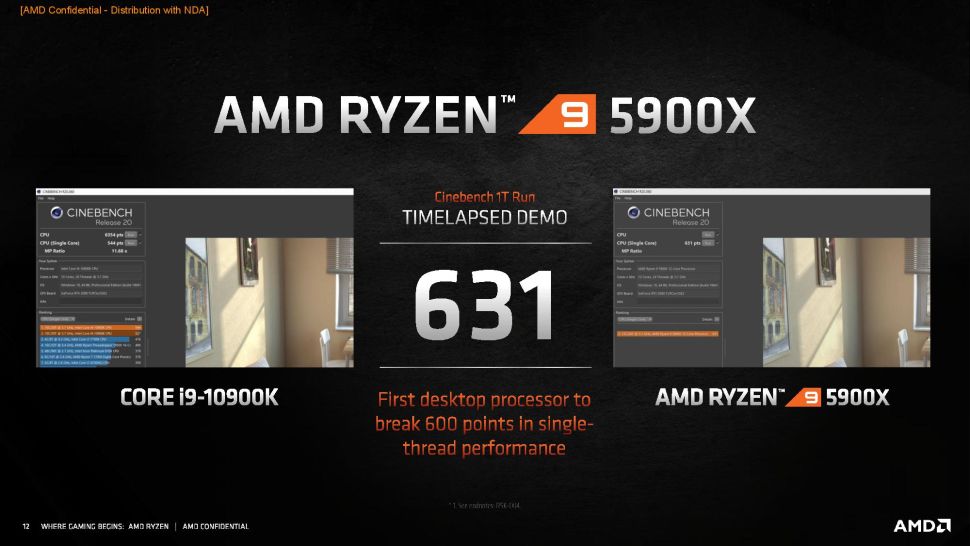
The 19% IPC gain and clock speed bump has made AMD the new single-core king, where Intel previously reigned supreme. In the Cinebench R20 single-core run, the 5900X scored 631 points, and the 5950X scored a unheard-of 641 points — leaving the Core i9 10900K in the dust with just 539 points. This has also translated into gaming, where the 5900X clearly outperforms the 3900XT by almost 25% on average, while matching or exceeding the 10900K (for an average of +6.8% better FPS).
Pricing, Chipsets and Availability
The only negative aspect to this otherwise positive launch was the pricing. AMD, for the first time, has beaten Intel in both single and multi core performance, and has given them an unprecedented advantage that they haven’t experienced in over 15 years. In a move likely to please the shareholders, they’ve increased the price of the whole stack by $50. This doesn’t affect the value proposition though, as demonstrated in the above slides.
The cheaper non-X SKUs, and lower clocked versions like a 5700X are clearly missing from the stack, but I’d expect them to be launched later in the year or Q1 2021. Launching these higher priced offering gives them a chance to say we “launched” Zen 3 in 2020, and reap some much needed profits which they hopefully allocate to R&D. We don’t want another Intel here. As of right now, the 5950X and 5900X are great for the price, but the 5800X and 5600X aren’t. I’d recommend you to wait for the cheaper SKUs.
There are no new motherboard chipset this time around, which is a refreshing break from the new-chipset-every-generation approach followed by Intel. Ryzen 5000 series processors will be a drop-in upgrade on existing B550 and X570 boards on a BIOS version of at least AGESA 1.0.8.0, but they recommend to update to 1.1.0.0 (or better) by November for the best experience. B450 and X470 board owners can rejoice as well, as BIOS updated will be pushed out to those boards in early 2021. 300-series board owners can proceed to make sad noises.
The new Ryzen 5000 CPUs will reach store shelves on the 5th of November.
Overall, the team at AMD headed by Dr. Lisa Su has done a commendable job with Zen. Starting from 2017, they’ve delivered and often overachieved on the goals they’ve set on schedule. With a new AM5 socket, DDR5 memory support and a new 5nm process node incoming for Zen 4, it seems like AMD will continue on this innovation-focused trajectory. The larger question is, what’s going on at team blue?
Intel has announced that it’s 11th gen Rocket Lake desktop processors will be coming in Q1 2021, which seems like it’ll still be on the now 7-generation old 14nm process node. It’ll receive some features from Tiger Lake, such as better Xe iGPUs and PCIe 4.0 support, there isn’t much to be excited about. Intel seems to be nearing the end of the road of milking the last drop of performance out of an ageing architecture, and I sincerely hope they move onto smaller process nodes and score a comeback against AMD. Because as a consumer, competition is always good.
So until then, the underdogs have become the overlords. Anxiously waiting for the Radeon event on the 28th, where I sincerely hope they don’t screw up. We desperately need some competition in the GPU space, otherwise Jenson Huang will keep getting more money to buy black leather jackets.
AMD Intel Ryzen Ryzen 5000 Ryzen 5600X Ryzen 5800X Ryzen 5900X Ryzen 5950X Zen Zen 3
Last modified: October 12, 2020

